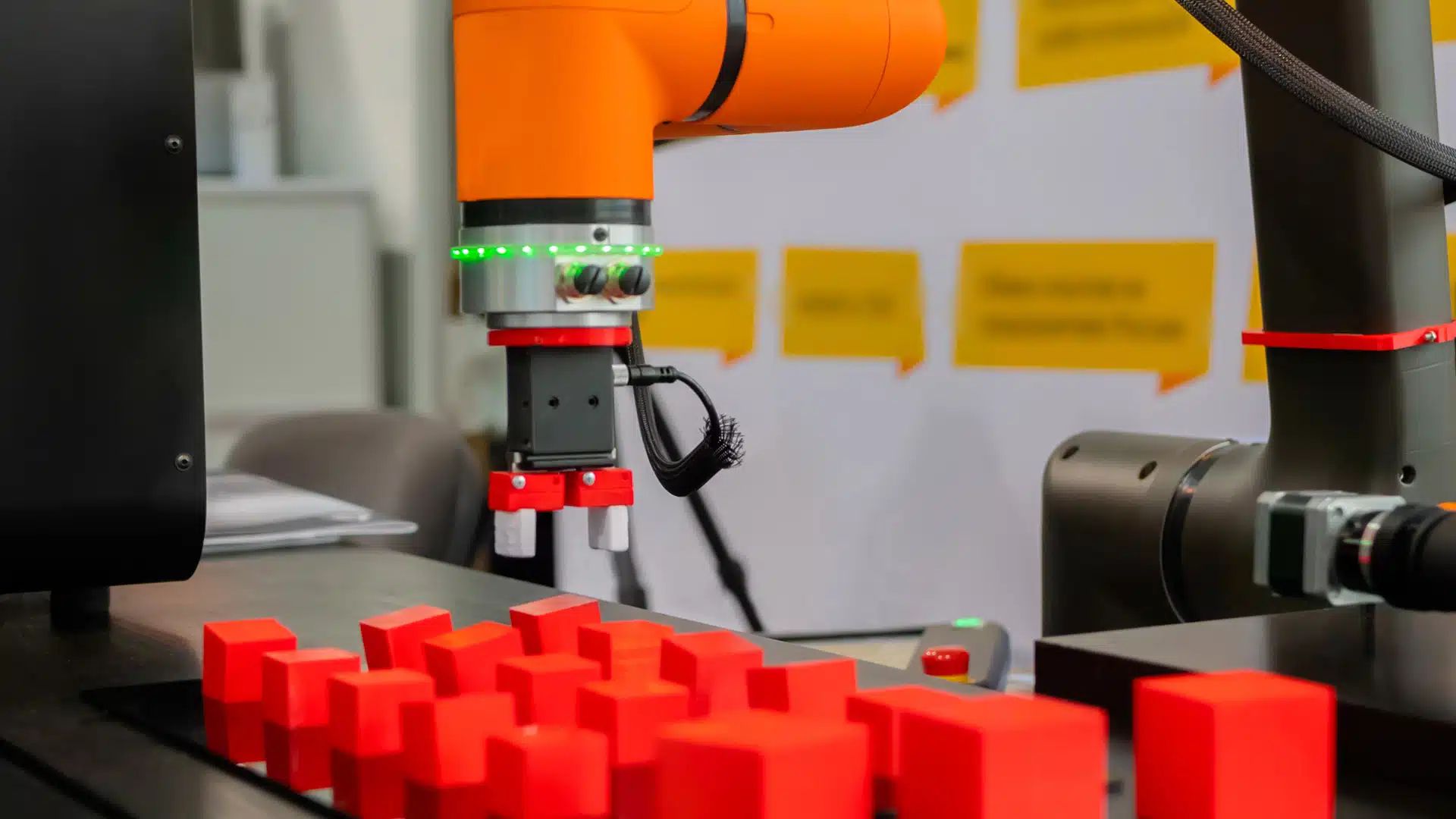Momentive Global, parent company of SurveyMonkey announced a layoff of 11% of its workforce. Described in a recently filed 8K as part of a plan to “improve operating margins and create efficiencies in our go-to-market motion and in other areas throughout the Company,” Momentive will incur an estimated $4 million to $5 million in charges related to the decision.
These costs are expected to be charged and paid for during 4Q 2022, and the company’s restructuring plan will be complete by the end of fiscal year 2022. However, the restructuring is impacting its global workforce, and the filing reported it might extend into the first quarter or 2023 or beyond in certain countries due to local law and consultation requirements.
According to TechCrunch, the reduction in force will affect multiple departments, including those handling business development, customer support, recruitment, and sales.
Momentive has seen its share of woes over the past year. A proposed merger between Zendesk and Momentive fell apart in February after facing challenges, including investor discontent.
At the time of the termination, CEO and Founder Mikkel Svane stated, “While we were excited by the potential of this transaction to transform the customer experience and create stockholder value, we respect and appreciate the perspectives of our stockholders. Our Board and management team remain laser-focused on our strategy and execution. Zendesk’s business has never been stronger, with accelerated revenue growth of 30% to $1.34 billion in revenue in 2021 and a clear path to generating $3.4 billion in revenue by 2025.” A stock repurchase plan was announced soon after.
Through the turbulence, Momentive continued to launch experience products such as Guided Employee Experience as well as integrations with Microsoft Power Automate and Zendesk.
The tech sector is getting hard with layoffs, with announcements starting to roll in on a consistent basis. The TechCrunch News tally reports as of mid-October, more than 44,000 workers in the US tech sector have been laid off in jobs cuts so far in 2022.
The CX technology sector will not be immune to the headwinds facing tech companies around the world. However, it is important to remember that as companies struggle with inflation and continued supply chain issues, customer expectations of their brand experience will remain the same, if not even go higher if consumers are starting to pay more premium prices for products and services. The use of customer experience programs and technologies should not be deprioritized, but should be leaned into as a way to increase customer retention, loyalty, and brand promotion as well as supporting internal operations using tools such as automation and self-service.
Author Information
As a detail-oriented researcher, Sherril is expert at discovering, gathering and compiling industry and market data to create clear, actionable market and competitive intelligence. With deep experience in market analysis and segmentation she is a consummate collaborator with strong communication skills adept at supporting and forming relationships with cross-functional teams in all levels of organizations.
Sherril holds a Master of Business Administration in Marketing from University of Colorado, Boulder and a Bachelor of Arts in Psychology from Rutgers University.








